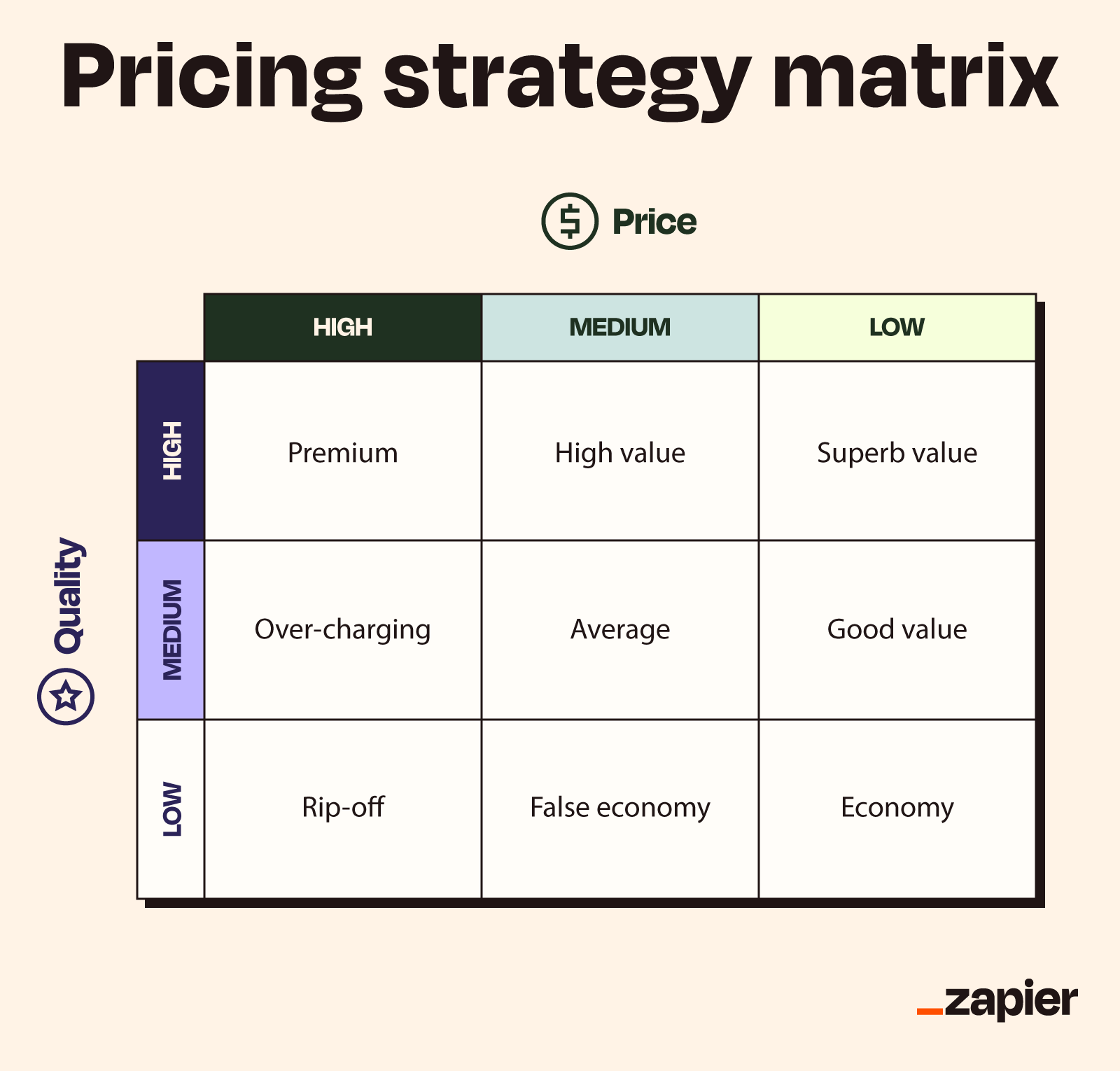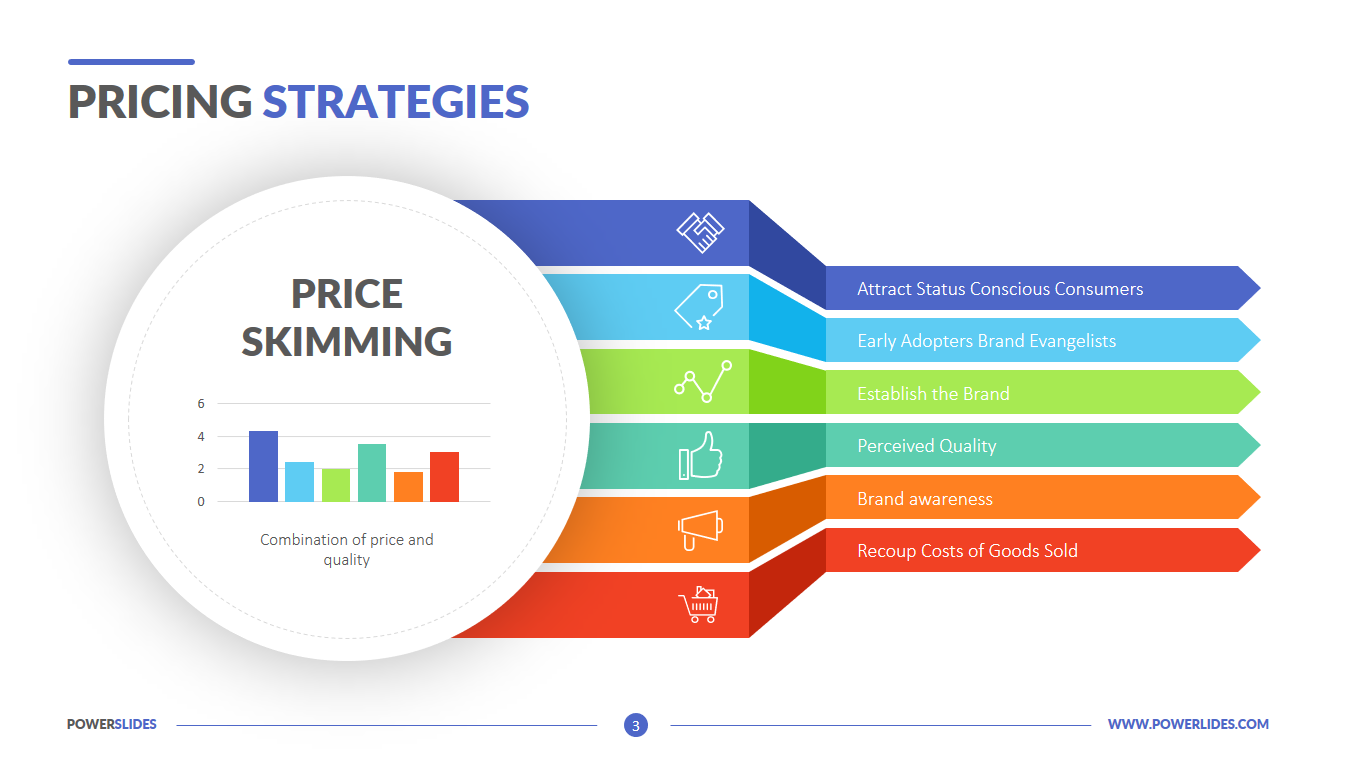Optimize Revenue With Proven Prices Strategy Strategies
In today's competitive market, the capacity to maximize profits with reliable rates techniques is crucial for continual company success. Strategies such as value-based pricing, dynamic prices, and detailed market analysis can dramatically enhance a firm's economic performance. Recognizing consumer assumption and leveraging data analytics for dexterous prices modifications are essential components of this technique. The intricacies of successfully implementing these techniques can position challenges that need cautious factor to consider. Exploring these methods even more exposes not just their prospective benefits however additionally crucial insights that can improve your rates approach.
Understanding Client Understanding
Comprehending consumer perception is critical for developing effective rates methods. It affects exactly how consumers examine an item's value, quality, and general beauty. Companies must acknowledge that consumers commonly base their desire to pay not exclusively on the item's inherent attributes however likewise on mental factors, consisting of brand track record, social standing, and viewed shortage.

Additionally, companies ought to take into consideration the duty of rates psychology, such as charm prices or price anchoring, which can considerably affect customer behavior. Recognizing these assumptions enables organizations to frame their pricing methods in a manner that straightens with customer expectations while taking full advantage of profitability.
Incorporating customer understanding into prices strategies not just aids in setting affordable costs yet additionally promotes brand name commitment, as consumers really feel understood and valued. Eventually, a nuanced understanding of client assumption can cause lasting earnings growth and enhanced market positioning.
Analyzing Market Trends
To create an efficient rates method, analyzing market fads is vital for businesses seeking to remain competitive. Understanding the dynamics of market changes makes it possible for business to make enlightened decisions relating to rates adjustments, item launches, and source appropriation - Pricing Strategy. By keeping track of customer actions, financial indicators, and market growths, services can recognize patterns that inform their pricing structures
Seasonal trends can give understandings into ideal rates throughout optimal and off-peak durations, permitting for strategic discounting or advertising rates. Furthermore, keeping an eye on technological advancements can help recognize prospective risks or opportunities that might impact rates methods.
Making use of data analytics tools can boost the accuracy of pattern analysis, providing valuable understandings that promote active decision-making. Business ought to additionally take into consideration performing routine marketing research to verify assumptions and adapt to progressing consumer choices. By leveraging these understandings, organizations can not only optimize their rates strategies yet also enhance their general market placement, making certain long-term success and growth.
Competitive Pricing Approaches
A competitive pricing approach is essential for businesses aiming to acquire an edge in a congested market. By assessing competitors' prices frameworks and market positioning, firms can purposefully set their prices to draw in customers while keeping profitability. This technique calls for a complete understanding of both the affordable landscape and consumer understandings of value.
One efficient technique is cost matching, where a business provides to defeat a rival or match's cost. This method can boost client commitment and motivate sales, particularly in price-sensitive markets. Additionally, penetration pricing can be utilized to capture market share by initially setting prices lower than competitors, luring consumers to try the product and fostering brand name awareness.
Moreover, businesses more info here can carry out emotional rates strategies, such as pricing items just below a rounded number (e.g., $9.99 rather than $10 - Pricing Strategy.00) This can create the perception of a far better deal, affecting consumer habits
Ultimately, a successful competitive pricing strategy stabilizes the need to remain attractive to clients while making sure that the pricing model aligns with the company's overall purposes. Consistently adjusting and evaluating rates in response to market changes and rival actions is vital for sustained success.
Value-Based Pricing Methods
Value-based rates strategies concentrate on establishing costs largely based on the perceived worth of a product or solution to the client, as opposed to entirely on manufacturing costs or rival costs. This strategy requires a deep understanding of consumer needs, preferences, and the special benefits that the service or product deals. By determining the certain value drivers that reverberate with clients, services can develop prices approaches that mirror real worth of their offerings.
To implement value-based pricing efficiently, companies must involve in complete marketing research, consisting of client studies and focus groups, to gather insights into customer understandings. In addition, services should segment their consumer base to customize rates techniques that line up with different worth perceptions across sections.
Communication plays a critical function in value-based prices; firms need to verbalize the unique worth proposition clearly to justify the price point. Recurring examination and discover here change are necessary, as client assumptions of value might change over time due to market characteristics or competitive activities. By prioritizing value in prices techniques, organizations can enhance consumer fulfillment, enhance loyalty, and inevitably enhance profits.
Dynamic Pricing Designs

Dynamic rates leverages sophisticated formulas and information analytics to keep an eye on rival pricing, consumer behavior, and supply degrees. By dynamically readjusting costs, companies can enhance revenue, optimize earnings margins, and react quickly to modifications in the marketplace. As an example, airlines often use this version to readjust ticket costs based on elements like remaining seats, time until departure, and rival rates.
However, the execution of vibrant rates should be approached with caution. Transparent communication with consumers is vital to preserve trust fund and avoid understandings of unreasonable pricing techniques. Additionally, organizations must make certain that their rates formulas are not overly intricate or nontransparent, as this can lead to consumer dissatisfaction.
Eventually, when executed thoughtfully, dynamic pricing designs can offer businesses with a considerable affordable benefit, enabling them to take advantage of market possibilities while providing to consumer expectations in a rapidly altering financial landscape.
Verdict

Strategies such as value-based rates, vibrant rates, and thorough market analysis can significantly boost a company's financial efficiency. Seasonal patterns can give insights right into optimal prices throughout height and off-peak periods, permitting for strategic discounting or promotional prices.Dynamic pricing leverages advanced algorithms and information analytics to keep track of rival rates, consumer actions, and inventory levels. By understanding client assumption, assessing market trends, and using competitive prices techniques, businesses can efficiently straighten their rates with customer expectations. Furthermore, value-based prices and vibrant rates designs make it possible for organizations to react agilely to market variations.
Comments on “Optimizing Profits with a Data-Driven Pricing Strategy Technique”